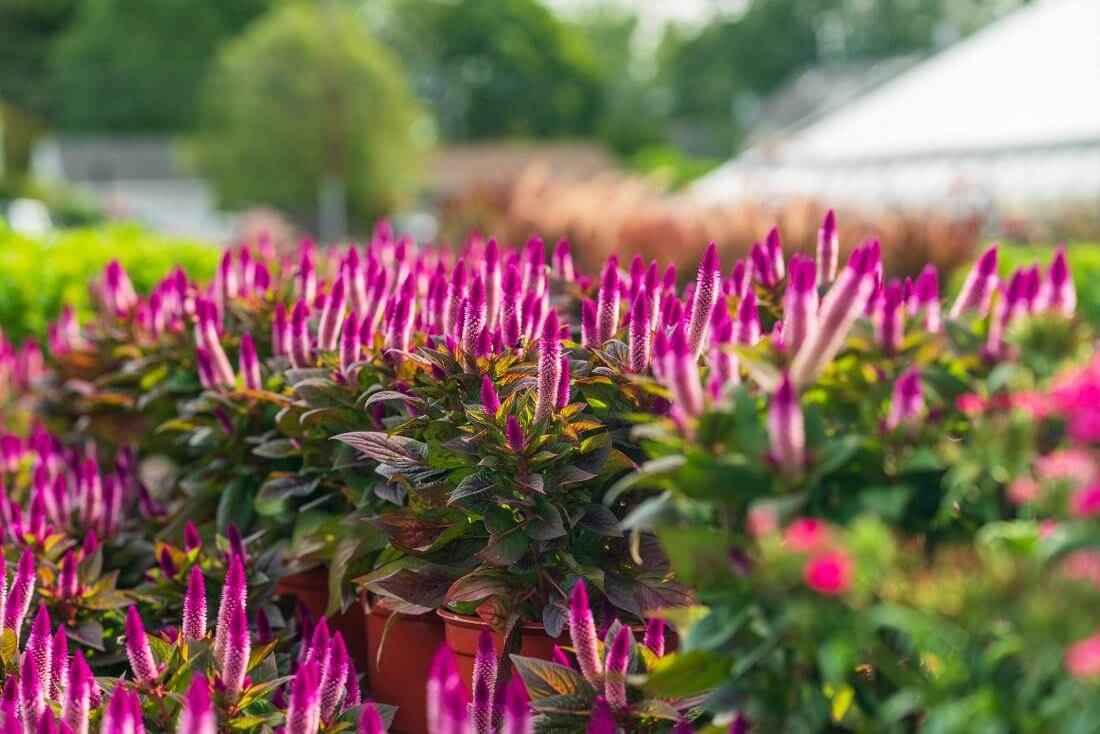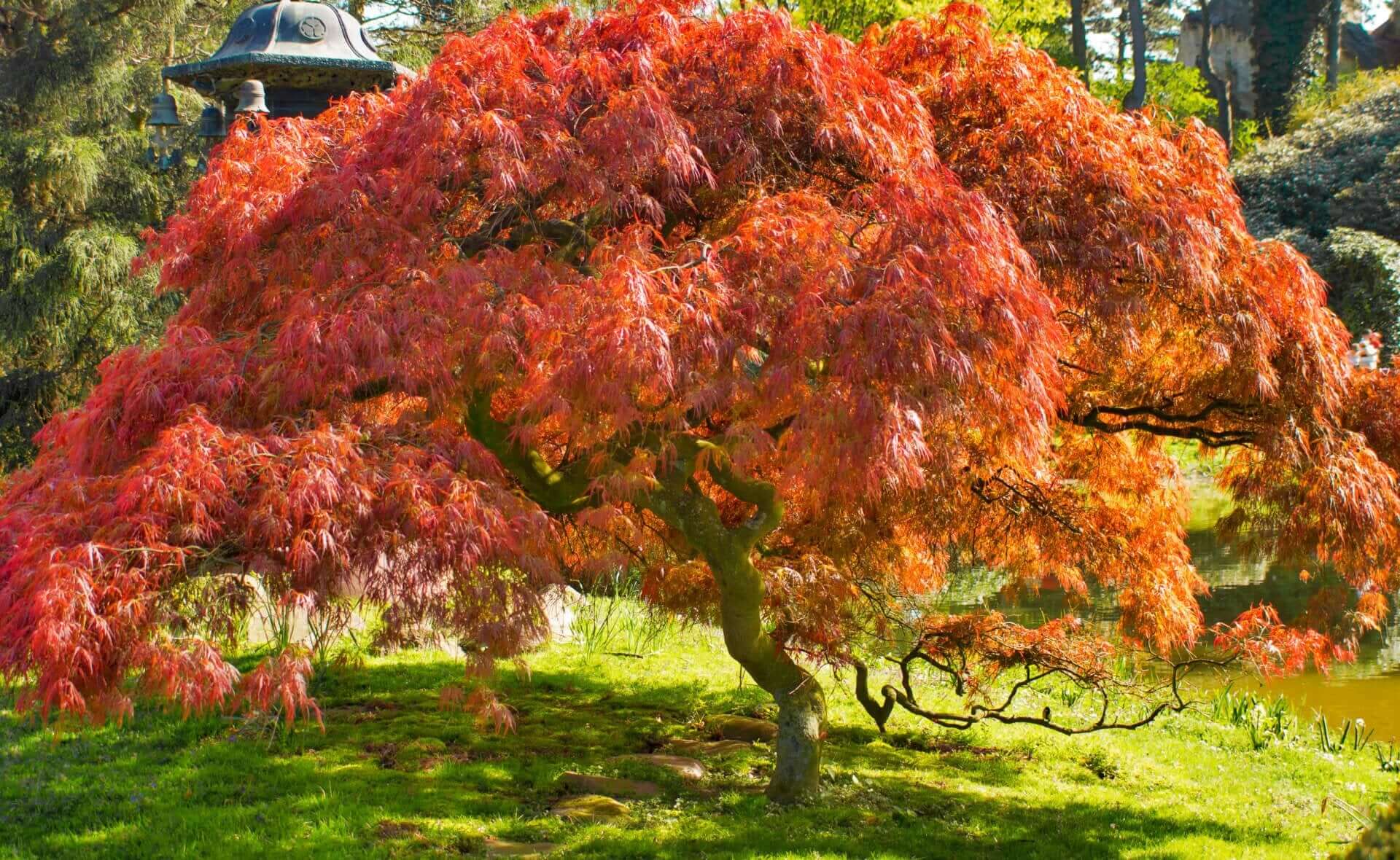Perennials and annuals stand out as the two most prevalent plant categories. Despite both plant types beautifying gardens with their colorfulness they demonstrate clear distinctions between them.
Perennial plants possess traits of longevity and multi-season survival abilities unlike annual plants which are recognized for their vibrant blooms.
Gardeners aiming to create sustainable and healthy gardens must understand the differences between these plants. This article examines what makes perennial plants unique and how they stand apart from annuals to guide you in making better gardening choices.
What are Perennial Plants?
Plants classified as perennials survive beyond two years. These plants live through numerous growing seasons and enter a dormant state throughout winter to re-emerge in spring. Perennial plants come back every year with many species having lifespans that extend for decades or even centuries. Perennial plants usually have slower growth rates compared to annuals which allows them longer periods to reach their mature state. These plants become easier to maintain after they have fully grown compared to annual plants. These plants possess the ability to develop deeper root systems which enables them to reach water and nutrients beyond the reach of annual plants.
What are Annual Plants?
Annual plants finish their complete life cycle during just one growing season. Annual plants grow rapidly to produce flowers before dying at the end of their growing season. Gardens and landscapes get vibrant and colorful blooms from annual plants which are popular for their showy blossoms. Annual plants usually require less effort for successful cultivation compared to perennials and reach maturity quicker. Annual plants need greater maintenance and care efforts than perennial plants. Because annual plants develop shallow roots they require frequent watering and fertilizing in order to grow successfully.
Differences between Perennial and Annual Plants
Perennial and annual plants differ primarily because of their life span differences. Perennials live through multiple seasons while annuals finish their life cycle within one growing season. Perennials start growing at a slower pace but need fewer care efforts than annual plants. Annuals produce bright blooms that people frequently plant to bring color to gardens and landscapes. Annual plants usually grow more quickly and reach maturity faster than perennial plants. Annual plants need greater maintenance and care than perennials which includes frequent watering and regular fertilization. The expense differs between perennial plants and annual plants. The initial cost of perennial plants exceeds that of annual plants yet they prove to be a better investment over time because they bloom again each year. Annual plants cost less but require replanting every year.
Advantages of Perennial Plants
The major benefit of perennial plants stems from their ability to live for multiple years. Their consistent annual return makes perennials a more beneficial investment over time compared to annuals. Perennial plants exhibit greater hardiness and adaptability compared to annuals making them more suitable for tough growing environments. Perennial plants need less attention compared to annuals because they require less watering and fertilization. Perennial plants offer environmental benefits by needing less water and fertilizer compared to annual plants. Wildlife finds habitat within perennial plants which also serve to protect the soil against erosion.
Advantages of Annual Plants
Annual plants produce vibrant flowers that gardeners use to enhance landscaping with color. Annual plants grow with less difficulty than perennials and achieve maturity more rapidly. Annual plants offer a more budget-friendly choice for gardeners compared to perennials. Annual plants demonstrate greater versatility compared to perennial plants.
How to Care for Perennial Plants
Although perennial plants need fewer maintenance actions compared to annual plants they still require care for proper growth. Pick perennial plants which will thrive in the existing conditions of your garden's soil type, sunlight availability and moisture levels. The deeper root systems of perennial plants allow them to remain hydrated for longer periods between watering sessions. Fertilize sparingly. Perennial plants require less fertilizer compared to annual plants. Prune as needed. Prepare plants for winter by removing dead foliage and cutting back plants in the fall.
How to Care for Annual Plants
Annual plants need more care than perennials yet remain fairly simple to maintain.
The following are essential tips for taking care of annual plants.
Select plants that match the specific conditions of your planting location.
Select a plant that matches your garden's specific soil characteristics, light exposure, and water requirements.
Water regularly.
Because annual plants develop shallow roots they require frequent watering to reach their full growth potential.
Fertilize regularly.
The rapid growth of annual plants requires them to absorb more fertilizer compared to perennials.
Apply a balanced fertilizer every two weeks.
Deadhead regularly.
Remove spent flowers to encourage new blooms.
Choosing the Right Plants for Your Garden
Your garden's climate conditions and soil quality along with the amount of sunlight exposure must guide your plant selection. Gardeners looking for a garden that requires minimal maintenance but provides perennial blooms should choose perennials. Annuals give gardeners the ability to bring fresh color and diversity to their landscape every season. When selecting plants for your garden you must evaluate the plant's size along with its shape and growth patterns.
Tall plants stand upright while low plants spread out across the ground. Certain plants need support structures whereas other plants can grow independently without additional support. Plan your garden layout by thinking about how this particular plant will integrate with other nearby plants.
Perennial and annual plants exhibit unique characteristics that determine their suitability for specific gardening environments. Perennials require less maintenance and care because they live longer than annuals. Perennials represent a superior investment while also contributing positively to environmental health. Annuals produce striking flowers and require less effort to maintain compared to perennials.
Their affordability and flexibility make them an ideal selection for gardeners who need to save money. Selecting plants for your garden requires understanding your climate, soil conditions and sunlight availability. Make sure to evaluate both the dimensions and form of the plant together with its manner of growth. By taking these factors into consideration you will create a stunning garden that remains healthy and sustainable over many years.



